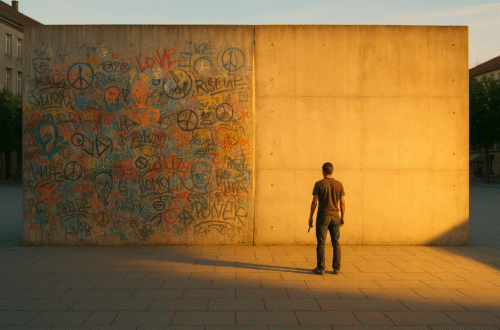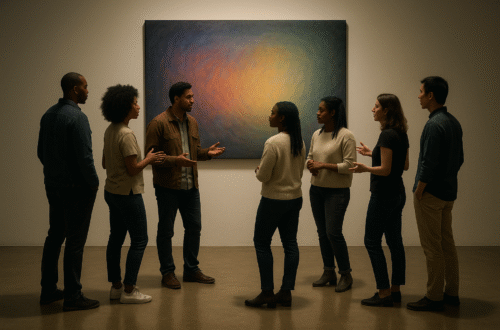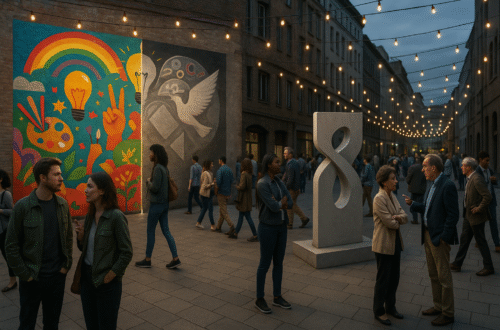A Reflection on Power in Institutions and the Illusion of Inclusion
There’s a particular sort of meeting that every institution seems to have—be it church vestry, university senate, or the local parish council. You know the one. It begins with the enthusiastic passing round of biscuits and ends with the vague but unmistakable sense that nothing has changed—except perhaps the biscuits, which have been replaced by their crumbs.
I’ve sat at many such tables in my time. Some highly polished, others modest and mismatched, but all possessed of the same illusion: that everyone at the table has equal power simply because they have a chair.
It is a charming fiction, really. A bit like imagining that one’s cat, because it shares the living room sofa, also shares responsibility for paying the mortgage.
This, I would argue, is one of the more cunning forms of institutional power. It cloaks itself in the theatre of participation, while the scripts have already been written and the outcomes preordained. It offers a seat, but not a say. A voice, but not the volume.
In theological circles, this manifests in the endless delight we take in forming committees—task forces, working groups, consultation panels. We are masterful at constructing structures that simulate equity, even as the core decision-making remains as exclusive as a gentleman’s club on a Sunday morning.
I recall once attending a “listening session” at a theological college, intended, so we were told, to “hear student concerns.” I was still naïve enough then to think something might be heard beyond polite nodding. One student—articulate, brave, and rather sharper than was strictly comfortable—suggested that the college’s curriculum might benefit from including theologians of colour who were still alive. The silence that followed was biblical in scope. Eventually, the chair murmured something about “maintaining our classical foundations,” which, roughly translated, meant: “Thank you, but no.”
The student had been offered a voice, but not an ear.
Institutions do this because power, once embedded in structures, becomes protective of its own architecture. It does not need to be loud or aggressive. It simply needs to endure, to wear a velvet glove over an iron grip.
But all is not lost.
The first step, I believe, is to recognise the distinction between invitation and inclusion. The former says, “You may come in.” The latter asks, “How shall we remake this space together?”
True power-sharing begins not at the table, but in the drawing of the room itself: Who built it? Who chose the furniture? Who decides what is on the agenda—and, perhaps more crucially, what is not?
In the educational world, we see the same dance: students placed on councils, teachers given “input,” staff “consulted.” And yet the curriculum changes little, the policies less, and the sacred cows—usually retired headmasters or ancient mottos—remain curiously untouched.
To move forward, institutions must learn a rarer virtue: the courage to be changed by those they invite in. Not simply to absorb critique, but to be reshaped by it. To treat dissent not as a threat, but as a diagnostic tool—one that reveals where the structure groans and where the foundations might be reimagined.
I am reminded of an old Quaker saying: “Let your life speak.” A beautiful sentiment, yes. But perhaps today, we need its institutional corollary: “Let your structures listen.”
Because inclusion is not proved by attendance. It is proved by transformation.





